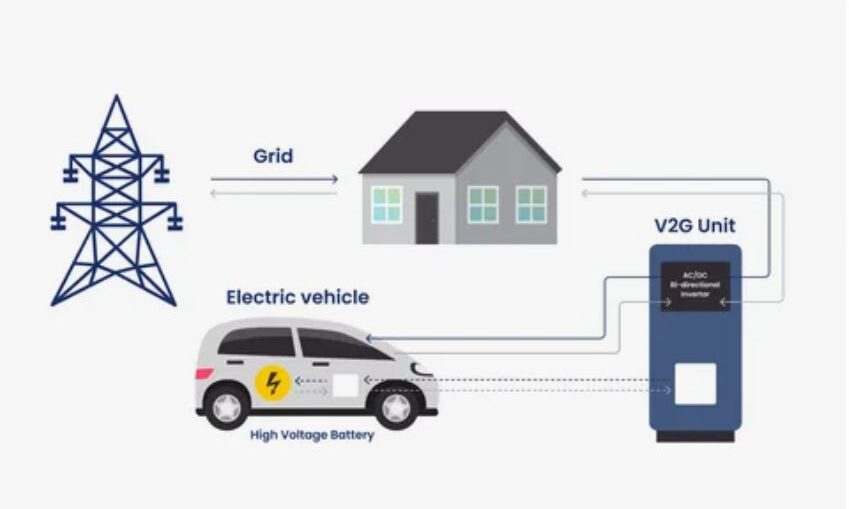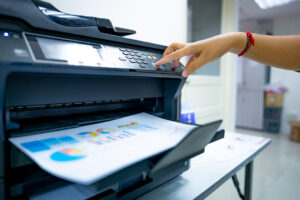As the world shifts toward a cleaner, more sustainable energy future, two technological innovations stand at the forefront of this transformation: electric vehicles (EVs) and smart grids. While each offers remarkable benefits on its own, their synergy promises a revolution in how we consume and manage electricity. In the coming years, the interaction between EVs and smart grids is set to reshape not only transportation but the entire energy ecosystem.
For those transitioning from traditional gas-powered cars, services like cash for scrap cars Brisbane make it easier to dispose of old vehicles responsibly and join the electric movement.
What Are Smart Grids?
A smart grid is an electricity supply network that uses digital communications technology to detect and react to local changes in usage. Unlike traditional grids, smart grids provide a two-way flow of electricity and data, allowing for real-time monitoring and efficient distribution of power.
Key features of smart grids include:
-
Real-time analytics
-
Automated fault detection
-
Demand response
-
Distributed energy integration (like solar panels or wind turbines)
These capabilities make smart grids essential for integrating a rising number of EVs without overwhelming existing infrastructure.
The Rise of Electric Vehicles
The popularity of electric vehicles is surging globally. Advances in battery technology, longer ranges, increased charging infrastructure, and environmental awareness are all contributing to widespread EV adoption.
EVs are not just energy consumers—they can also act as energy storage units. With smart integration, EVs can return electricity to the grid when needed, a concept known as Vehicle-to-Grid (V2G).
The Future of EV and Smart Grid Integration
1. Vehicle-to-Grid (V2G) Technology
One of the most promising developments is V2G. This technology allows EVs to send unused electricity back to the smart grid during peak demand times, helping balance load and reduce energy costs.
For example, during the evening peak hours, EVs parked at home can discharge electricity to support the grid. Later, they can recharge when demand is low, often at night when electricity is cheaper and greener.
2. Load Balancing and Demand Response
Smart grids can detect when EVs are charging and optimize energy distribution accordingly. In areas with high EV ownership, this capability prevents strain on the system.
EVs can be programmed to charge at off-peak hours or when renewable energy supply is high, such as during sunny or windy conditions. This not only protects the grid but also reduces electricity costs for consumers.
3. Renewable Energy Integration
EVs can store excess renewable energy and release it when needed. This is critical for maximizing the value of intermittent sources like solar and wind power.
Imagine a neighborhood where solar panels generate energy during the day. EVs can store that energy and release it at night, creating a localized and sustainable energy loop supported by the smart grid.
4. Decentralized Energy Systems
In the future, communities could rely less on centralized power plants and more on decentralized energy systems—grids powered by EVs, solar panels, and home batteries. Smart grids will be the digital backbone that enables this transformation.
This will make local energy supply more resilient and less prone to large-scale outages, as multiple distributed sources contribute to the grid.
Challenges to Overcome
Despite the promise, a few hurdles remain before full integration becomes reality:
-
Infrastructure Investments: Widespread V2G adoption requires upgraded charging stations and grid infrastructure.
-
Standardization: There is a need for universal standards in V2G technology and EV charging protocols.
-
Consumer Participation: EV owners must be incentivized to participate in grid services.
-
Battery Degradation: Repeated charging and discharging may affect battery life, though technology is improving to mitigate this.
Role of Policy and Regulation
Government policies and regulations will play a significant role in accelerating the EV-smart grid partnership. Incentives for smart chargers, V2G-compatible EVs, and utility partnerships will create an ecosystem that supports collaboration between the automotive and energy sectors.
Moreover, disposing of older, polluting vehicles will become increasingly important. Services such as cash for unwanted cars Brisbane help individuals remove outdated vehicles from circulation, reducing emissions and promoting EV adoption.
Smart Homes and Smart Charging
The integration won’t stop at the grid. Smart homes equipped with AI-powered energy management systems will decide the optimal time to charge EVs, power home appliances, or even sell electricity back to the grid.
With time-of-use electricity rates becoming more common, smart homes and EVs will work together to maximize cost-efficiency while supporting grid health.
Final Thoughts
The future of energy is connected, intelligent, and clean. The collaboration between smart grids and electric vehicles will redefine how we think about electricity—no longer a one-way stream from power plants to homes, but a dynamic, two-way interaction that adapts to real-time needs and empowers consumers.
As EV adoption grows, individuals, communities, and policymakers must work together to ensure that this transition is seamless and equitable. Those still holding on to traditional vehicles should consider transitioning sooner rather than later—not only for environmental reasons but to become active participants in a smarter energy future.
The journey has already begun, and the road ahead is electric.







